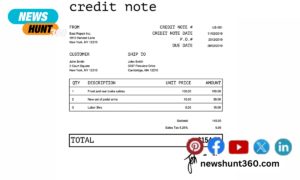Over the next few minutes, we’re going to show you how stickers get made. We’ll break down each part of the manufacturing process to create a custom sticker. The three key steps are:
- Printing
- Laminating & embellishments
- Cutting
There are many ways to manufacture a sticker. It would be impossible to cover them all in detail. So we’re going to focus on digital manufacturing – which is the biggest growth sector in the labels market.
Let’s get stuck in!
Step 1 – Printing
Digital printing is a rapidly growing technology used to print stickers. This is primarily due to advances in technology, making it quicker, easier to set up, and super high-quality.
Digital printing has the main advantage of having lower setup costs. These low setup costs mean it’s possible to get only a few stickers at a reasonable price.
What is digital printing? Here are the most popular digital printing technologies explained:
- Inkjet printing is the most used, particularly in wide-format, due to the low machine cost. Inks are either water or solvent-based. The process works where ink is sprayed directly onto the media and cures through UV light exposure, evaporation or heat. White inks can be printed that’s perfect for clear or holographic stickers.
- HP has pioneered digital offset. Ink is applied to a rubber ‘blanket’ then to the paper. It results in high-speed printing with superb image quality.
- A dry toner system has ink in the form of power. The toner gets fired at the media’s surface and is cured rapidly using heat & UV light.
Here’s what a wide-format, digital printer looks like:
Step 2 – Laminating + embellishments
Step 2 is an optional step. It doesn’t always happen; however, there is usually some added finish to get the best quality stickers.
Laminate is a clear, transparent layer of plastic applied to the surfaced of printed media. It gives an extra layer of protection but can also create a specific finish, such as matte or gloss.
There are endless other embellishments available. Here are some popular ones:
- Spot-UV is a thick layer of clear varnish printed over the image to give a tactile finish.
- Foiling is a metallic ink with a chrome finish. Very premium labels use foiling to give stunning effects.
- Embossing/debossing is a great way to create a tactile finish. Metal dies stamp the surface of the media to create a textured result.
Step 3 – cutting
The final step of making a sticker is to cut. Here are three ways to cut stickers:
- A flatbed cutter has a flat table where the stickers on the roll or sheet sit before getting cut by a sharp metal blade. Incredible little details are possible, but the downside is speed – it can be very slow to cut labels.
- Rotary die-cutting is the most popular method of cutting traditional labels. A rotary die is a steel sheet with tiny sharp blades formed into the surface. This is wrapped around a roller and presses down onto the media as it passes under. Impressive speeds of over 50m per minute are achievable.
- Laser cutting is the digital alternative to option two above. High-powered lasers cut material super fast and have no setup costs. However, machines are costly to buy.
We hope you now have a good idea of the technology used for printing stickers. If you have questions, please leave them in the comments below.




